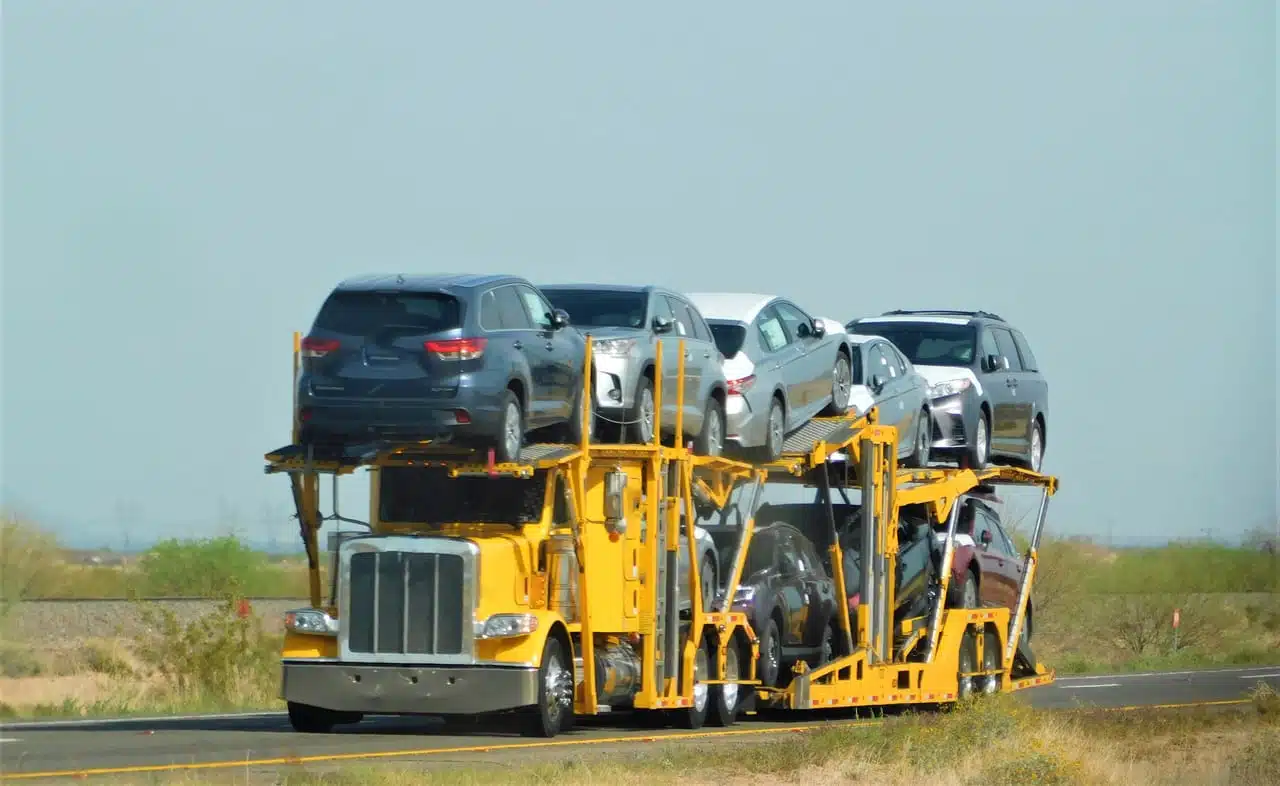
Learning to ride a bike is a childhood rite of passage, and cycling is a popular pastime for kids and adults alike. However, bicycles are vehicles, so safety is always an issue. May is National Bike Month, so this is an ideal time to brush up on the rules of the road – it could help you prevent injuries and stay safe.
Here are some simple tips for both little riders and grown-ups.
1. Wear a helmet. According to Oregon law, anyone under the age of 16 must wear protective headgear when riding in public. However, public health experts – and emergency room personnel – request that everyone over the age of 16 also wear one. Bike helmets, when worn correctly, can reduce your chances of a severe head injury in the case of a crash.
2. And make sure it fits. To protect the person wearing it, a bike helmet needs to fit properly. It should be snug but not too tight and sit level (not tilted back) to protect your forehead. Make sure the chin strap is secure – you should be able to fit one finger or two between your chin and the strap. A helmet should be replaced after any crash where you hit your head.
3. Be visible at all times. In addition to using lights at night and in foggy or rainy weather, riders should wear reflective clothing and add reflectors to their bike. This ensures drivers, other cyclists and pedestrians can see them. Using lights also helps you avoid debris and obstacles on the road.
4. Make sure your bike fits. Riding a bike that’s too big or too small can lead to accidents and injuries. If you’re not certain whether your bike is the right fit, take it to a local bike shop to check. Kids’ bikes are sized by the diameter of the bike wheel. The rider should be able to stand over the bike’s top tube with both feet flat on the ground and have one to three inches of space between their body and the bike. Grown-ups who ride a bike that doesn’t fit may have knee or hip pain.
5. Check your bike before you ride. Accidents happen to even the most experienced bike riders, but regular maintenance can go a long way in preventing some mishaps. Ensure the tires are fully inflated, and check that the brakes work. Make sure the chain is clean and lubricated, and keep your eyes and ears out for anything that could cause problems at full speed. Keeping your bike clean and tuned up is about safety more than aesthetics.
6. Keep an eye out for hazards. Whether riding on a paved trail or a gnarly mountain path, knowing what’s coming up ahead can also help you avoid close calls and crashes. Whether you’re cycling alone or (better!) with friends, listen to your surroundings, skip the headphones and alert each other to potholes, rocks and other obstacles.
7. Follow all the rules of the road. Bicycles are vehicles, so make sure you’re obeying the rules and setting an example for younger riders. Ride with the flow of traffic on roads and bike paths. And avoid busy streets if you’re not comfortable riding near cars. The National Highway Traffic Safety Administration suggests children under 10 stick to sidewalks and paved trails for their safety.
Riding a bike is a wonderful form of exercise and eco-friendly travel mode. Your primary health care providers at Santiam Hospital hope that you stay safe on the bike – so that you don’t have to make any unplanned appointments with them.
For more information about healthy exercise, visit Santiam Hospital online.




More Stories
The News for December 9th, 2022
Buying New Car Tires: The Do’s and Don’ts
Could Cadillac be returning to Australia?